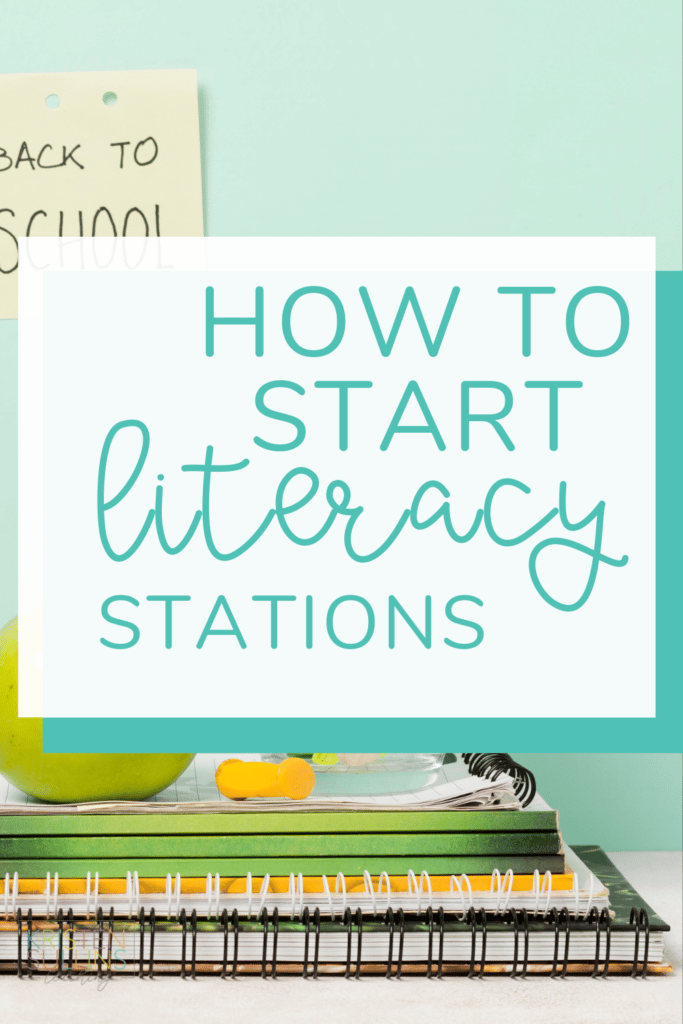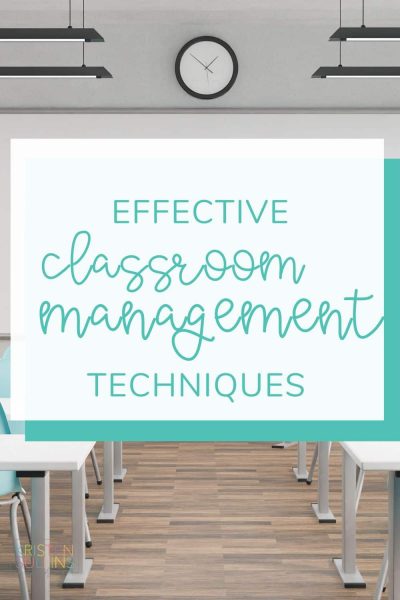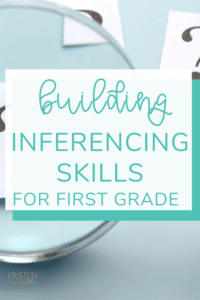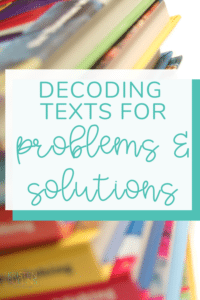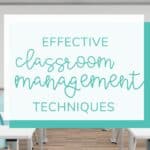As a teacher, you are one of the most important people in the lives of your students. You are responsible for shaping their minds, nurturing their creativity, and guiding them through their formative years. However, as much as you love your students and your job, there are times when managing a classroom full of young children can be challenging. Trying to keep everyone on task, motivated, and engaged can be overwhelming, especially when dealing with various abilities and personalities. That's why having effective classroom management techniques is crucial to creating a safe, positive, and productive learning environment.
However, there’s nothing automatic or magic about classroom management. Developing a classroom culture that fosters learning and supports student success takes time, effort, and patience. Despite the challenges, you can still become a master of classroom management by implementing some proven techniques that have worked for other successful teachers.
In this guide, we will explore some of the most effective classroom management techniques that can help you improve your student's learning experiences and increase their overall success in school.

Let's Talk about Classroom Management
What Are the Common Classroom Management Problems?
While you may enjoy spending time with your young learners in the classroom, some common problems can make it challenging to have a smooth and successful day. As a first-grade teacher, you want to ensure that your students are learning and having fun, but sometimes, certain issues can get in the way.
- Disruptive behavior
- Poor organization
- Lack of engagement
- Lack of teacher preparation
While these issues can be frustrating, it's important to remember that each has solutions. This is when having effective classroom management techniques can come in handy.
Why Do You Need Effective Classroom Management?
Classroom management is creating a safe and positive learning environment for you and your first-grade students. It involves strategies and techniques that help you maintain order in the classroom, keep students engaged, and promote learning.
Effective classroom management is crucial for any first-grade teacher, regardless of your teaching style. Not only does it create a positive and safe learning environment for your students, but it can also save you time and energy in the long run.
Think of it this way, when your classroom is well-managed, your students are more likely to be engaged and focused on the lesson. This means they're more likely to learn and retain the information you teach them.
Good classroom management can also help you build strong relationships with your students. By communicating clear expectations and showing that you care about their success, you can create a sense of trust and respect that can benefit both you and your students.
In addition, effective classroom management can help you identify and address any potential problems before they escalate. This can help prevent disruptions and ensure your class runs smoothly and efficiently.
Effective Classroom Management Techniques
No matter how experienced you are as a first-grade teacher, managing a classroom full of energetic students can be a challenge. Fortunately, there are many effective classroom management techniques that you can use to create a safe, supportive, and productive learning environment.
- Building Positive Relationships with Kids
While it can be the most challenging, implementing this classroom management strategy is essential. The rewards of doing so are well worth the effort. When there is a foundation of trust between teachers and students, it enables them to achieve far more in the classroom.
Here are some steps you can take to build positive relationships with your first-grade students:
- Take the time to greet each student as they enter the classroom. Smile, make eye contact, and say hello to each child individually.
- Get to know your students as individuals by learning their names, interests, and what they like to do outside of school.
- Show a genuine interest in what your students have to say by actively listening and responding to their ideas and questions.
- Provide opportunities for your students to work together in groups or pairs, which can help them to develop communication skills and respect for each other's ideas.
Building positive relationships with your students creates a foundation for a positive classroom environment. Students will be more likely to follow rules and expectations when they feel respected and valued. They will also be more likely to take risks and try new things, knowing they have a supportive teacher.
- Creating Routines and Procedures
Routines help students know what to expect and what is expected of them, reducing anxiety and creating a sense of order. Establishing clear routines and procedures can help create a well-managed classroom conducive to learning.
One example scenario of creating routines and procedures is establishing a morning routine for students. You can start by greeting each student as they enter the classroom and have a designated area for them to put their backpacks and belongings. Then, you can have a set of tasks for them to complete, such as turning in homework or completing a morning work activity. This creates a sense of structure and predictability for students, which can help them feel more focused and prepared for the day ahead.
You can help establish a well-managed classroom conducive to learning by creating routines and procedures. Students thrive in predictable and structured environments, and they are more likely to remain focused and engaged when they know what is expected of them. Remember, establishing clear routines and procedures is an important component of effective classroom management and can help create a positive learning environment for your students.
- Establishing Classroom Rules and Expectations
Having rules and expectations in your classroom can provide structure and help students understand what's expected of them. Here are some steps you can take to establish rules and expectations for your first-grade classroom:
- Keep it simple: Create a short list of rules that are easy for young students to understand and follow.
- Involve students: Discuss the rules with your students and ask for their input. This can help them feel more invested in following the rules.
- Be clear and specific: Make sure your rules are clear and specific so that students know exactly what is expected of them.
- Post the rules: Display the rules in a visible place in the classroom so that students can refer to them throughout the day.
- Consistently reinforce the rules: Once you have established your rules, consistently reinforce them by reminding students of the expectations and consequences when necessary.
- Celebrate success: Recognize and celebrate students who follow the rules and contribute positively to the classroom community.
Remember that effective classroom management starts with clear rules and expectations but also requires positive relationships with your students and consistent reinforcement of desired behaviors.
- Use Positive Reinforcement
Using positive reinforcement is a powerful tool for promoting good behavior in your first-grade classroom. By recognizing and rewarding positive behavior, you can motivate your students to continue to exhibit good behavior in the future. To use positive reinforcement, consider using praise and incentives to encourage your students to follow the rules and engage in positive behavior.
When using praise, be specific and timely with your feedback. For example, instead of simply saying, “Good job,” you might say, “I'm proud of you for sitting quietly during our reading time.” This type of specific feedback helps your students understand exactly what they did well and why it was important.
In addition to praise, you can also use incentives to motivate your students. This could include things like stickers, extra free time, or special privileges. Be sure to make the incentives age-appropriate and relevant to your student's interests.
Author bio
Andrea is currently the head of content management at SpringHive Web Design Company, a digital agency that provides creative web design, social media marketing, email marketing, and search engine optimization services to small businesses and entrepreneurs. She is also a blog contributor at Baby Steps Preschool where she writes storytime themes, parenting tips, and seasonal activities to entertain children.


